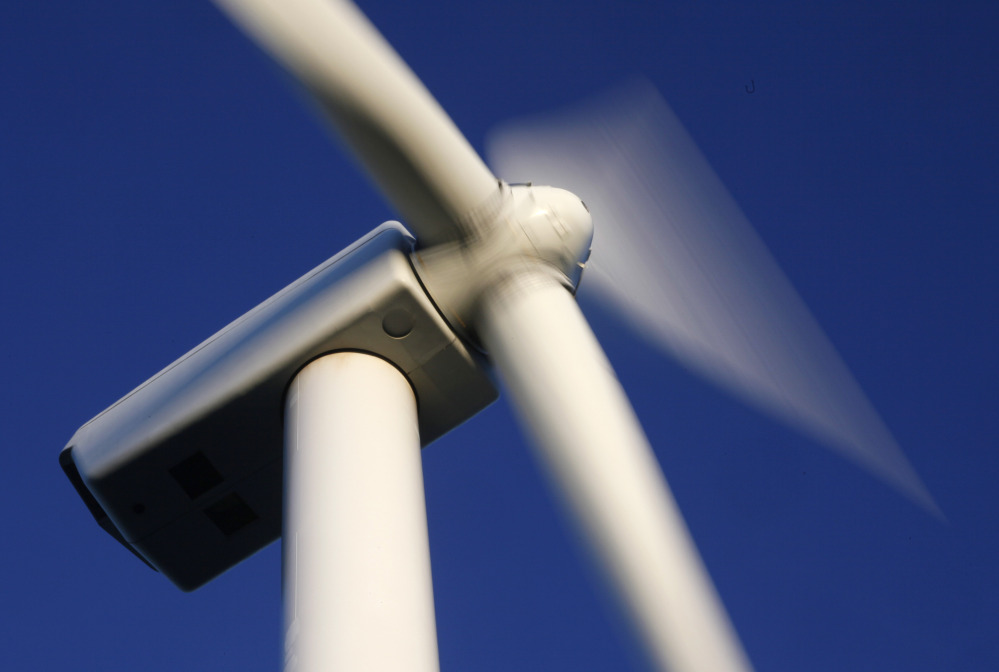Massachusetts, Rhode Island and Connecticut have dozens of proposals to consider as they look for enough additional electricity for tens of thousands of homes to meet their clean energy goals.
All told, 51 proposals need to be vetted in coming months as the three states look to sign long-term contracts for electricity from wind turbines, dams and solar projects, said Matthew Beaton, secretary of the Massachusetts Executive Office of Energy and Environmental Affairs.
“There’s a lot of competition out there and that’s exactly what we were trying to accomplish,” Beaton said. “It’s a very encouraging sign to see such interest.”
The three states are seeking up to 600 megawatts of power, roughly the amount of electricity once produced by the now-defunct Vermont Yankee Power.
The proposals were submitted Thursday and will be made public in the coming days.
The timeline calls for a selection of winning bids by late July. Then the winning proposals would be submitted for regulatory approval this year.
Several proposals call for wind power from northern New England, with infrastructure projects that could create hundreds of jobs and pump millions of dollars into the economy.
“If you’re looking to build wind in Maine, you’re going to need long-term contracts of this sort, so this is the next infusion to get more wind built,” said Tim Schneider, the state’s public advocate.
The three-state effort is one of several ways New England states are trying to reduce greenhouse emissions, ensure ample energy supply and lower energy costs.
Massachusetts Gov. Charlie Baker is advocating for an even larger proposal – for between 1,200 and 2,400 megawatts of electricity – by tapping into Canada’s ample hydropower supply for New England. There also are several proposals to bolster the natural gas pipeline system in New England to eliminate bottlenecks. Then there’s the proposed Cape Wind Project off the coast of Massachusetts.
The latest plan by the three states called for both long-term power contracts needed to get new wind projects moving along with improvements to ensure there are pipelines to get the energy from rural areas to the regional power grid.
In Maine, there were at least two different proposals, one from Central Maine Power and another in which Central Maine Power and Emera Maine are collaborating.
Another proposal called “The Wind and Hydro Response” calls for a partnership between renewable energy operator Invenergy and developers of the proposed Vermont Green Line, which calls an underground power cable beneath the waters of Lake Champlain.
The projects would be funded by electric ratepayers in the three southern New England states that initiated the process.
Send questions/comments to the editors.



Success. Please wait for the page to reload. If the page does not reload within 5 seconds, please refresh the page.
Enter your email and password to access comments.
Hi, to comment on stories you must . This profile is in addition to your subscription and website login.
Already have a commenting profile? .
Invalid username/password.
Please check your email to confirm and complete your registration.
Only subscribers are eligible to post comments. Please subscribe or login first for digital access. Here’s why.
Use the form below to reset your password. When you've submitted your account email, we will send an email with a reset code.